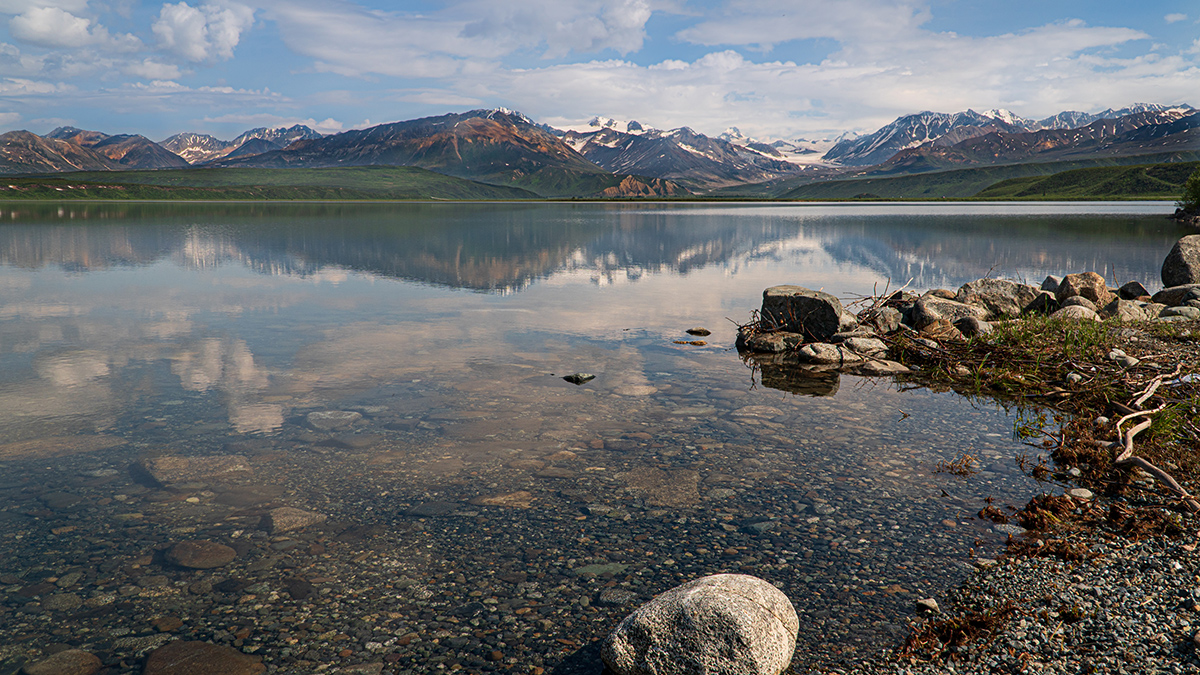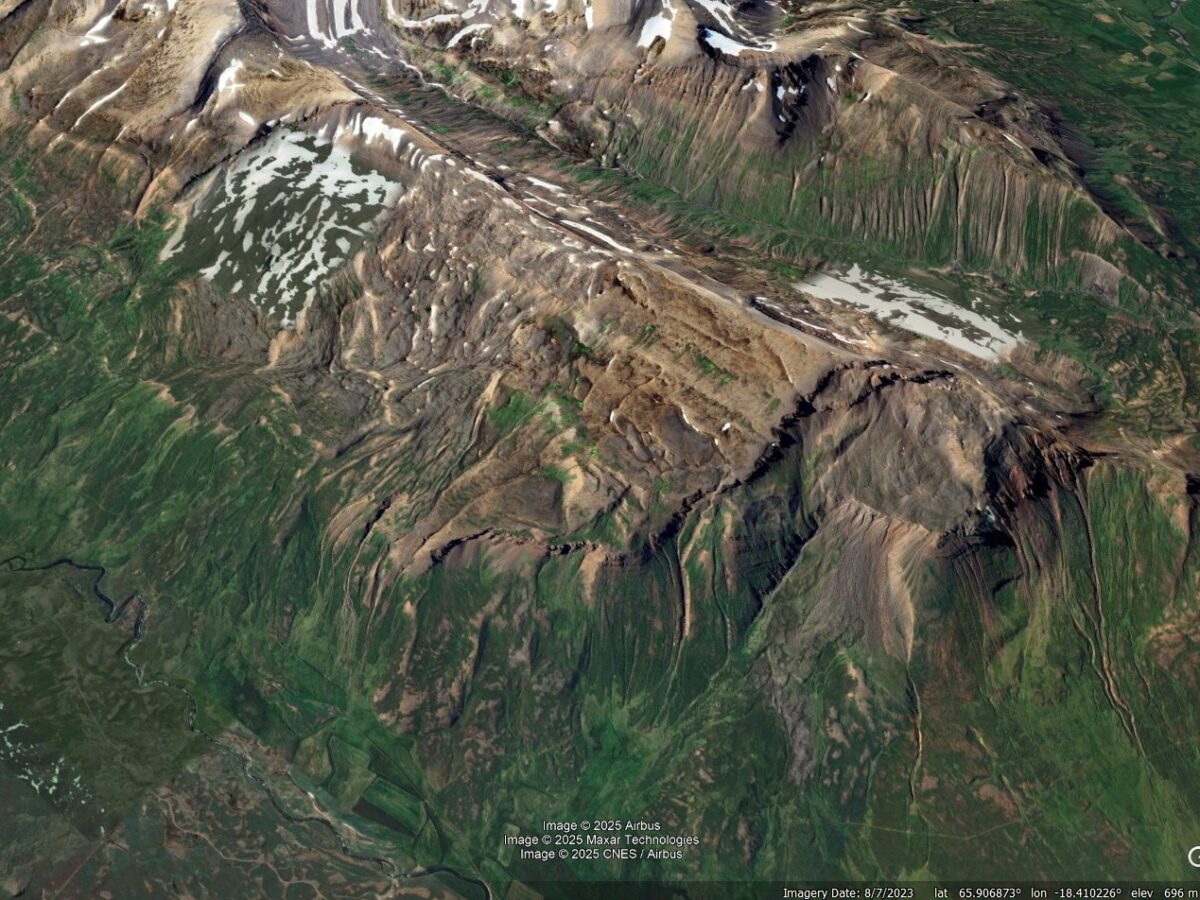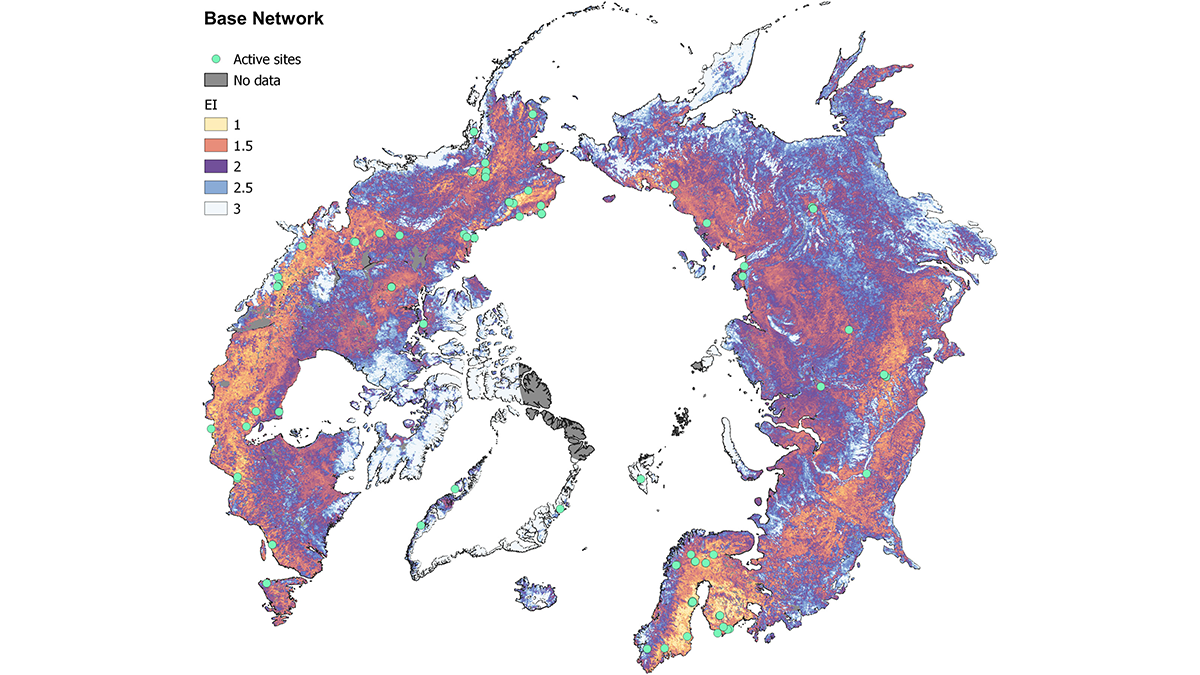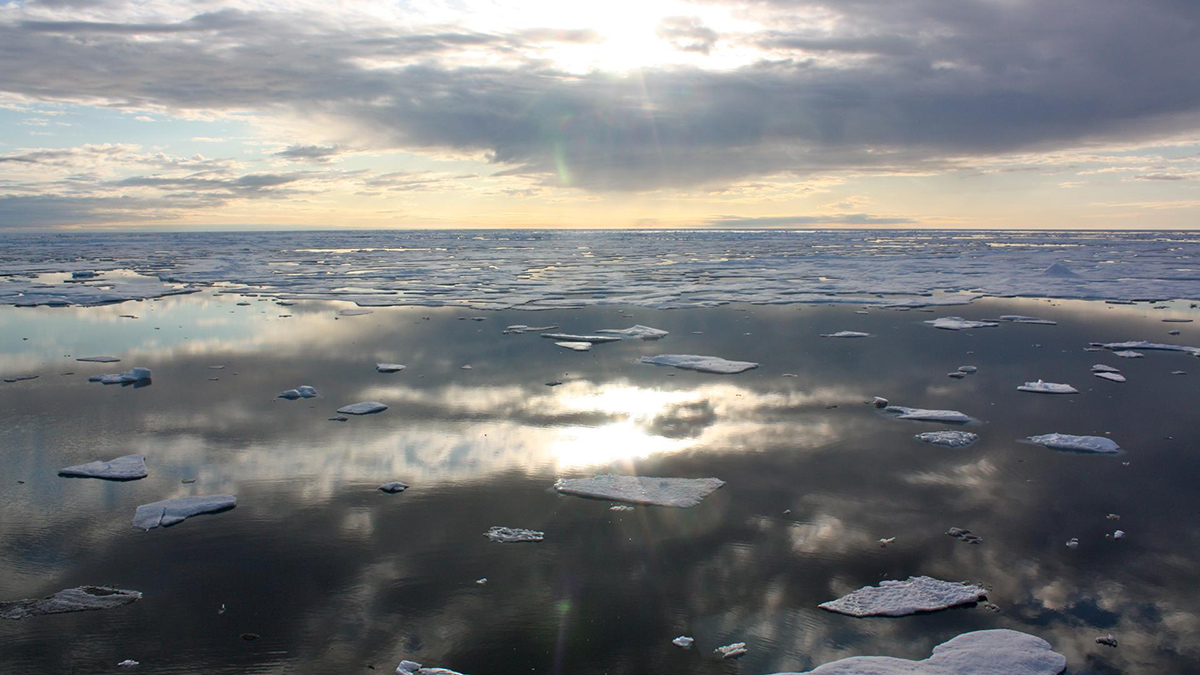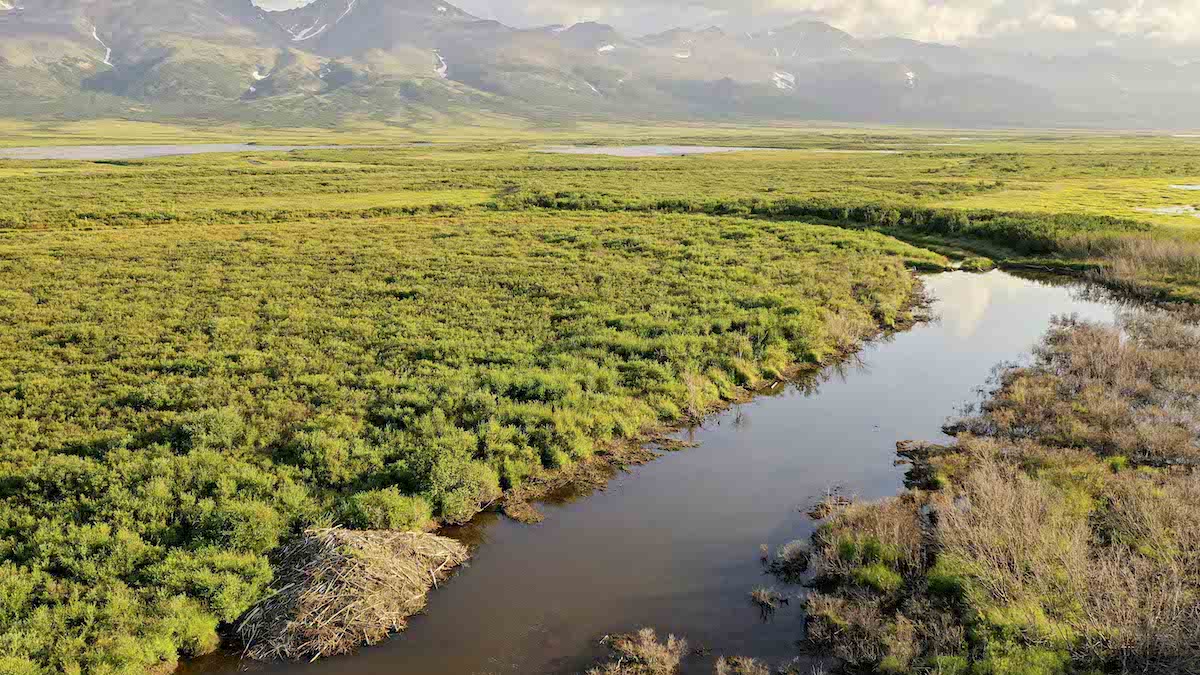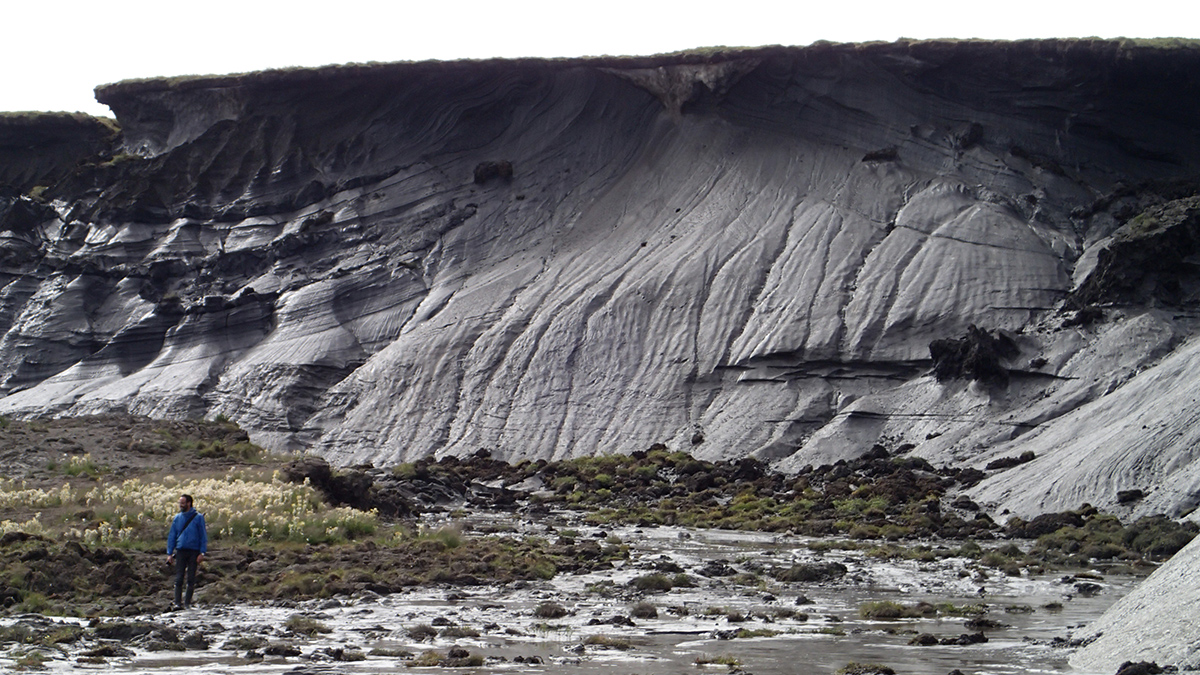A new dataset provides a powerful method for easily tracking changes in permafrost.
permafrost
The timing of landslides in areas of permafrost thawing
The Landslide Blog is written by Dave Petley, who is widely recognized as a world leader in the study and management of landslides. There is a no scientific doubt that human activity is driving rapid warming of the terrestrial climate, and that this is amplified in high latitude and high mountain environments. An inevitable, and […]
Filling the Gaps: Context and Design of Arctic Carbon Flux Measurement Networks
Large scale observational networks are necessary for understanding the impact of a warming climate in the Arctic, but critical tools are crucial to how those networks are designed.
Thawing Permafrost Helped Trigger Ancient Icelandic Landslides
New research shows that warming beginning about 13,000 years ago contributed to a proliferation of landslides in Iceland.
Another Hot Arctic Year Indicates a New Climate Regime
NOAA’s annual Arctic Report Card illustrates a warmer, wetter, and increasingly wonky Arctic climate.
Arctic Beavers Advance North and Accelerate Permafrost Thaw
As beavers build dams in new areas, they impound water, warming permafrost adjacent to their ponds.
Thawing Permafrost Is Affecting Climate, but It’s Unclear by How Much
Models produce widely varying estimates of how ecosystems in the northern permafrost region are currently affecting the global greenhouse gas budget.
Down in the Slumps: Tracing Erosion Cycles in Arctic Permafrost
Climate change is altering permafrost thaw cycles and leading to unique Arctic erosional problems.
The Delicate Balance of Permafrost in Arctic River Floodplains
To evaluate the vulnerability of permafrost in Arctic floodplain landscapes to warming, scientists explore dynamics of its loss and reformation.
Simulating Arctic Carbon Emissions in a Warming World
Not all climate models include carbon from thawing permafrost, and those that do often disagree. Scientists are working to better inform models and assess how these crucial materials are simulated.

